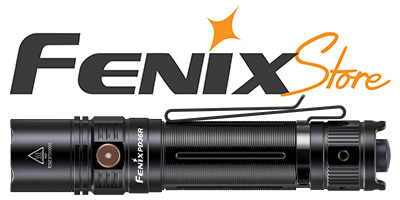Alright, so after a bit of digging, i found the actual source for this reported information. This comes from USPS' publication on prohibited materials...
622.5 Lithium and Lithium-ion Cells and Batteries
622.51 Primary Lithium (Non-Rechargeable) Cells and Batteries
Small consumer-type primary lithium cells and batteries (lithium metal or lithium alloy) such as those used to power cameras and flashlights are mailable with the following restrictions:
Primary lithium cells and batteries are mailable when the cells or batteries are properly packed with or properly installed in the equipment they operate and the mailpiece has no more than the number of batteries needed to operate the device.
Each cell must contain no more than 1.0 gram (g) of lithium content per cell.
Each battery must contain no more than 2.0 g aggregate lithium content per battery.
Each cell or battery must meet the requirements of each test in the UN Manual of Tests and Criteria, Part III, and subsection 38.3 as referenced in DOT's hazardous materials regulation at 49 CFR 171.7.
Individual mailpieces must not exceed 11 pounds.
In addition, all primary lithium cells and batteries must be mailed within a firmly sealed package separated and cushioned to prevent short circuit, movement, or damage. Except for batteries installed in equipment, they must be in a strong outer package. All outer packages must have a complete delivery and return address. Cells or batteries properly installed in the device they operate must be protected from damage and short circuit, and the device must be equipped with an effective means of preventing accidental activation. The outside of the package must be marked on the address side "Package Contains Primary Lithium Batteries."
622.52 Secondary Lithium-ion (Rechargeable) Cells and Batteries
Small consumer-type lithium-ion cells and batteries such as those used to power cell phones and laptop computers are mailable with the following restrictions:
Individual cells or batteries are mailable when the cells or batteries are properly packed with or properly installed in the equipment they operate.
Each cell must contain no more than 1.5 g of equivalent lithium content per cell.
Each battery must contain no more than 8.0 g aggregate quantity of equivalent lithium content per battery.
Each cell or battery must meet the requirements of each test in the
UN Manual of Tests and Criteria, Part III, and subsection 38.3 as referenced in the DOT's hazardous materials regulation at
49 CFR 171.7.
Individual mailpieces must not contain more than three batteries.
In addition, all secondary lithium-ion cells and batteries must be mailed in a firmly sealed package separated and cushioned to prevent short circuit, movement, or damage. Except for batteries installed in equipment, they must be in a strong outer package. All outer packages must have a complete delivery and return address. Cells or batteries properly installed in the device they operate must be protected from damage and short circuit, and the device must be equipped with an effective means of preventing accidental activation. The outside of the package must be marked on the address side "Package Contains Lithium-Ion Batteries (no lithium metal)."
Given that 8grams of Lithium is contained in a 100Wh battery, most smaller applications should be fine. I.e. 18650s have only 0.8grams.
http://pe.usps.gov/text/pub52/pub52c6_003.htm#ep260739

